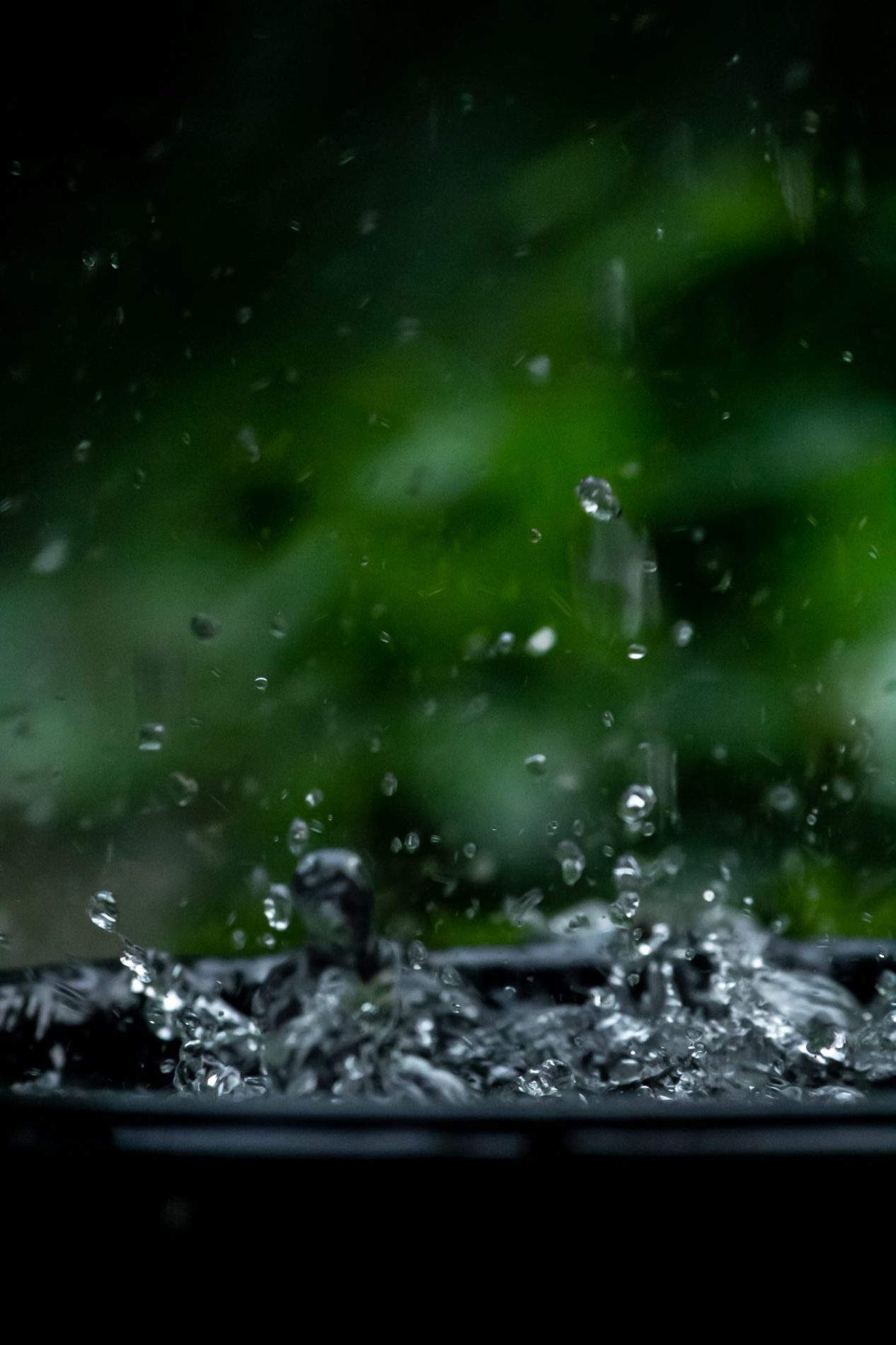
How To Collect Rainwater In Your Garden
Rainwater harvesting is becoming more popular around the world. It involves collecting rainwater in a barrel – often to use for gardening (although it can be used for other purposes too). Rainwater harvesting is an eco-friendly home improvement that puts less strain on mains water companies and can reduce your water bill. Below are a few tips on how to set up a rainwater collection system in your garden.
Check that your roof is suitable
Rainwater harvesting typically involves collecting water runoff from the roof. You don’t have to collect rainwater in this fashion, but it’s often one of the most efficient solutions. Just be wary that if you do collect rainwater runoff from your roof, your roof will need to be suitable. Asphalt roofs are often not recommended for water collection, as they can transfer various toxic chemicals into the water. Metal, clay and concrete roofs are better suited to rainwater harvesting.
Choose the right rain barrel
There’s nothing to stop you collecting rainwater in a giant bucket. However, it’s generally better to have an enclosed barrel – this will prevent mosquitoes nesting in it and will also stop it getting contaminated by bird droppings and leaves. Purpose-built rain barrels are the most reliable option and they come in various sizes from slimline tanks to large 10,000 litre water butts. Work out where you plan to place your barrel as this will determine the right size of barrel to use.
Build your rainwater collection system
Once you have your barrel, you can start to set up your rainwater collection system. Start by positioning your rain barrel and make sure it is secure (you may want to use pavers or blocks to stabilise it if it is on uneven ground). The next stage is to connect a downspout from your guttering to your rainwater barrel. Measure out the space from the gutter to the barrel to work out exactly how large the downspout needs to be. You can hire a professional to install this downspout for you.
Maintain your rain barrel
Rain barrel maintenance can be important for preventing damage to your barrel, your property and maintaining good water quality. Seasonally, it can be worth cleaning the inside to ensure that there is no unwanted residue or mosquitoes in there. During rainy seasons, try to empty some of the water to prevent your barrel overflowing too much and causing flooding. Some people disconnect their rain barrel in winter to prevent it freezing, although there are some rain barrels that are designed to reduce freezing that can be kept hooked up all year round.
Don’t drink the water without checking it’s safe
Rainwater collected from your roof may not be safe to drink. It is possible to harvest rainwater for drinking purposes, but it will need to be thoroughly filtered and disinfected first. To filter rainwater, the best option is usually to add a fine mesh between the downspout and barrel, catching dirt and algae while letting water through. This filter will need to be cleaned regularly to prevent blockages. Disinfection will then be required to remove bacteria, fungi and other harmful microbes. Quantum disinfection and UV disinfection are two of the most effective solutions.


